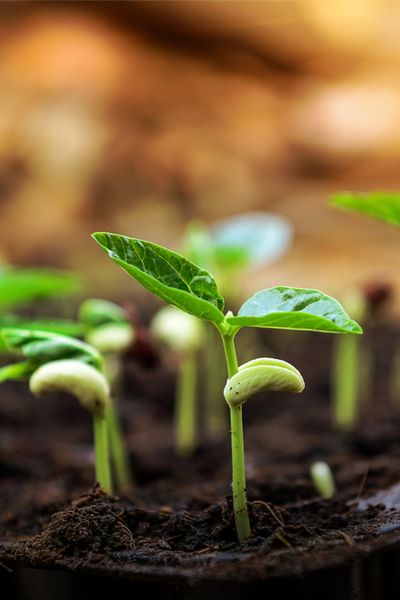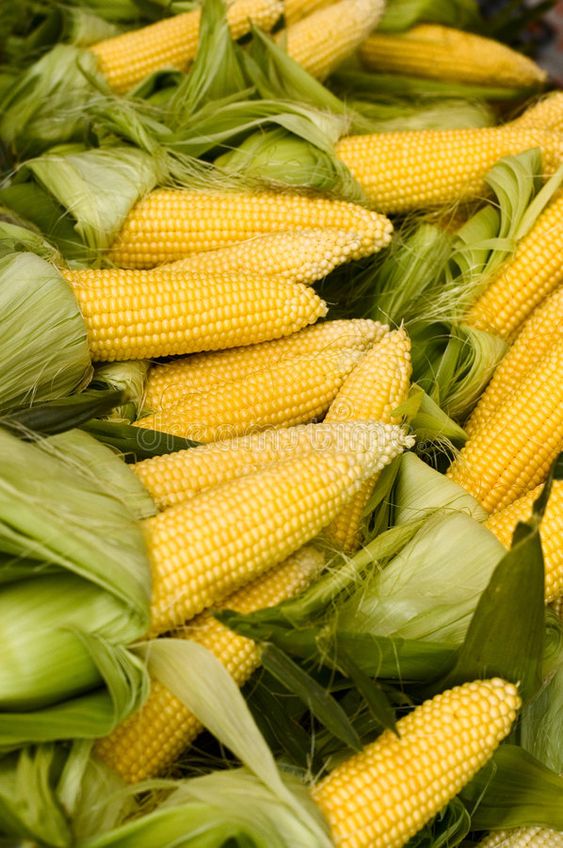Unlocking Efficiency: How Agricultural Integration Empowers Smart Farming
Agricultural Integration landscape is undergoing a significant transformation. Smart agriculture, with its arsenal of data-driven technologies, is revolutionizing how we cultivate crops and raise livestock. However, to truly realize the full potential of this revolution, a crucial element is often overlooked
This article explores the concept of agricultural integration and its role in empowering smart farming practices. We will delve into the challenges faced by siloed operations, the benefits of integration, and the various technologies enabling seamless data flow across the agricultural ecosystem.
Contents
The Problem with Fragmented Farms
Traditionally, Agricultural Integration operations have often been fragmented. Data collection, analysis, and decision-making occur in disconnected silos. Farm management software may track crop yields, while irrigation systems operate independently, and weather data isn’t readily incorporated into planting schedules. This lack of integration leads to several problems:
- Inefficiency: Disparate systems require manual data entry, leading to errors and wasted time.
- Suboptimal decision-making: Without a holistic view of the farm, it’s difficult to identify underlying trends and make informed choices.
- Limited automation: Disconnected systems restrict the ability to automate tasks, hindering productivity.
The Power of Integration in Smart Agriculture
Agricultural integration bridges these silos, creating a unified platform where all farm data converges. This holistic view empowers farmers in several ways:
- Enhanced Efficiency: Integrated systems automate data transfer, eliminating manual entry and streamlining workflows.
- Data-Driven Decisions: Real-time and historical data from all aspects of the farm inform strategic decisions about planting, irrigation, fertilization, and pest control.
- Improved Resource Management: Integration allows for optimized water usage, fertilizer application, and energy consumption based on real-time needs.
- Automated Operations: Integrated systems enable automation of repetitive tasks like irrigation scheduling and climate control in greenhouses, freeing up farmers for other work.
- Improved traceability: Integrated data allows for tracking crops and livestock throughout the supply chain, enhancing food safety and consumer confidence.
Technologies Enabling Integration
Agricultural Integration,Several key technologies are driving the wave of agricultural integration:
- Internet of Things (IoT): Sensors embedded in irrigation systems, soil moisture probes, and weather stations collect real-time data on farm conditions.
- Cloud Computing: Data collected by IoT devices is stored securely in the cloud, facilitating access and analysis from anywhere.
- APIs (Application Programming Interfaces): APIs enable seamless communication between different farm management software applications, ensuring data flows freely.
- Big Data Analytics: By analyzing large datasets, farmers can identify patterns, predict trends, and make data-driven decisions to optimize production.
- Artificial Intelligence (AI): AI algorithms can analyze data and suggest actionable insights, automate tasks, and even predict crop yields based on historical data and weather patterns.
Putting Integration into Action: Examples
Imagine a scenario where a farmer utilizes a fully integrated smart farm system. Sensors in the field detect low soil moisture levels. This data is automatically transmitted to the irrigation system, which adjusts watering schedules accordingly. Simultaneously, the farm management software receives the data and alerts the farmer about potential water stress. This integrated approach ensures efficient water usage and informed decision-making.
Integration can also be applied to livestock management. Sensors can monitor the health and well-being of animals, and this data can be combined with feed intake information to create personalized feeding plans that optimize growth and productivity.
Conclusion: The Future of Agricultural Integration
Agricultural integration is not just a buzzword; it’s the cornerstone of a future-proof farming system. By breaking down data silos and facilitating seamless information flow, integration empowers farmers to make data-driven decisions, optimize resource use, and ultimately achieve greater efficiency and sustainability.
The journey towards complete integration is ongoing, but the potential benefits are undeniable. By embracing the technologies that facilitate integration, farmers can unlock a new era of intelligent agriculture, ensuring a more productive, profitable, and sustainable future for generations to come.




